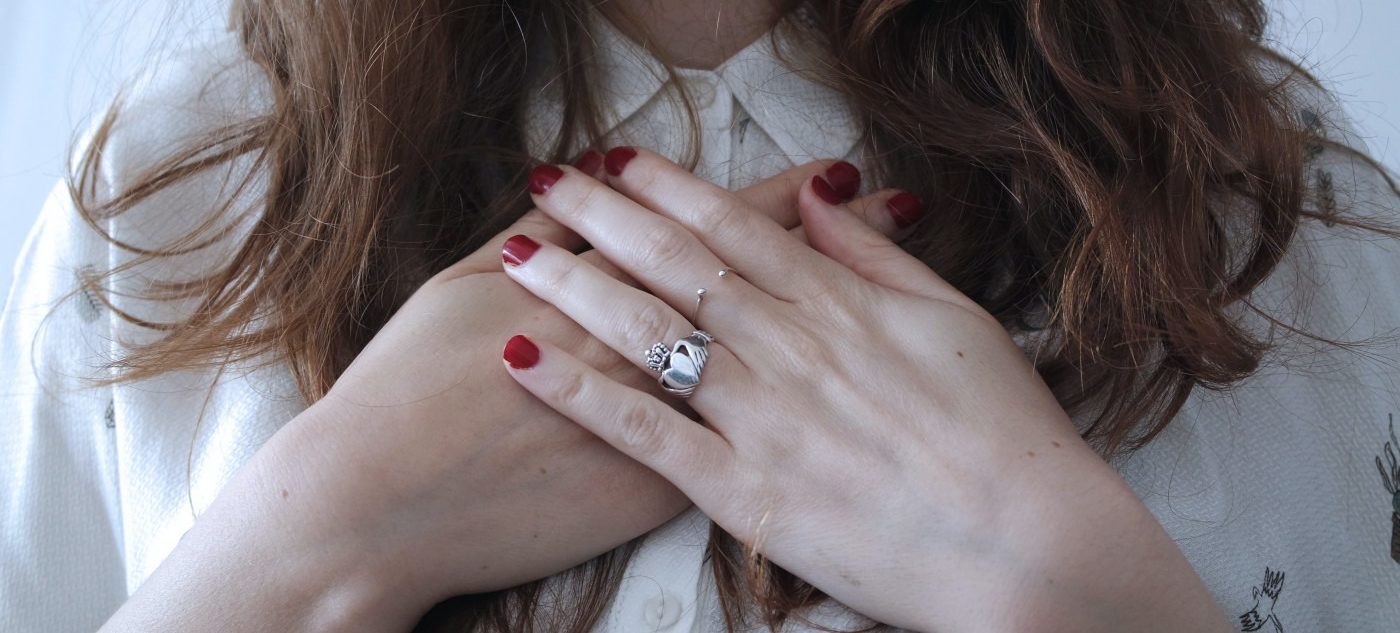How society is stacked against disabled people
I got diagnosed with autism when I was 15. Sat in a children’s hospital on a chair that was too small for me, a doctor put on a caring face as she told my parents and me that I was autistic. To me, not much really changed: my brain had always been wired this way and it wasn’t as if my close family were treating me any differently for this diagnosis. However, once the knowledge of my autism began to spread outside of the people I’d confided in and reached teachers, doctors, and friends, I began to notice a difference in how I was treated.
While I’m sure some of these people had relatively good intentions behind what they meant, the general feeling was the same
Prior to this point, I had a vague knowledge of the social model for disability. For those who are unaware, the social model of disability states that people are disabled by barriers in society, not by their impairment or differences. These barriers, of course, are multi-faceted and can range from physical barriers like non-accessible toilets for disabled people to the attitudes that people have once you open up about having a disability. To have a disability does not mark a flaw within you as a person but when that is how disability is positioned within a society, it can feel like it. We are not inherently broken but we are made to feel it because we do not serve the pre-existing structures.
When I was beginning to tell people about my diagnosis there was a common response that was repeated with slightly different tones: “Oh really? I couldn’t tell”, “but you appear relatively normal”, “That makes sense… but you’re one of the good ones, right?” While I’m sure some of these people had relatively good intentions behind what they meant, the general feeling was the same – the vague disdain wasn’t able to be hidden under the vague platitudes. The disabled people they had known beforehand had been open about their disabilities. They had to be or else they wouldn’t get access to the measly services our society provides to disabled people – or they were not in a position where they could hide it since they bore the physical reminders of it on a daily basis. I wasn’t like that. Due to a combination of masking, being socialised as a girl and the general refusal by most medical professionals to study women with autism, I had snuck into spaces for non-disabled people. Upon realising what I was, the common response was to either squash it and ignore it or cut me off on that very basis.
Who cares if a Paralympian wins a bunch of medals and appears on TV shows if a person with the same condition is unable simply to get by?
There are two simple social constructions of what it means to be a disabled person. You can either be someone who ‘triumphs’ over their disability and win your place in able-bodied, neurotypical society or you can be cast out for it – someone who fails on the very basis of their diagnosis and as a consequence is forced to rely on the care of others and live off the measly benefits provided by the government. Both of these labels do a disservice to disabled people. They propose that disabled people should either show themselves as above their condition or surrender to it entirely. Neither of these views proposes that we care about the disabled people within the paradigm but their ability to fit within a pre-existing model.
When this process is considered, the social model for disability is brought sharply into focus. The society around disabled people is actively forcing us into this binary of prodigies or failures and neither party is aided. Who cares if a Paralympian wins a bunch of medals and appears on TV shows if a person with the same condition is unable simply to get by? We as a society must move beyond this current system. Disabled people, just like able-bodied, neurotypical people should not simply be reduced to their condition – we are able to exist outside of it.
Most of the other people I know with disabilities are very able to frame themselves outside their disability. They openly discuss their passions, their interests, social lives, dreams, goals, and jobs, never once reducing themselves to their condition because they, like many disabled people, are aware it doesn’t consume them. If the people who have these conditions, whether they be physical or mental, overt or discreet, are able to break out of the social model and view themselves as people in spite of their condition then we can begin to chip away at this structure within wider society. While it may be a far away goal, it is possible to begin to work towards it, breaking out of the social structures we have constructed for the disabled.

Comments (1)
You’re welcome to prefer the social model, but I’m on the spectrum and not everyone agrees with both of our opinions. I’d like to leave the spectrum.